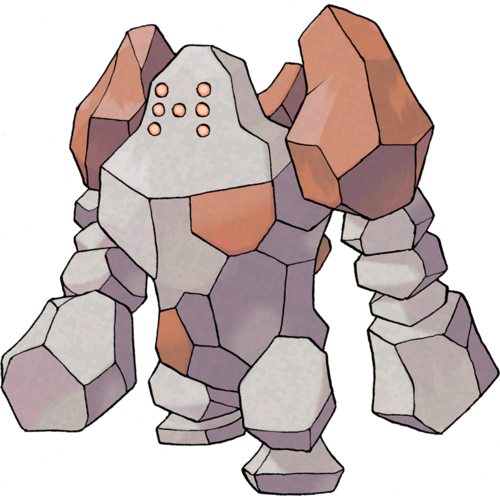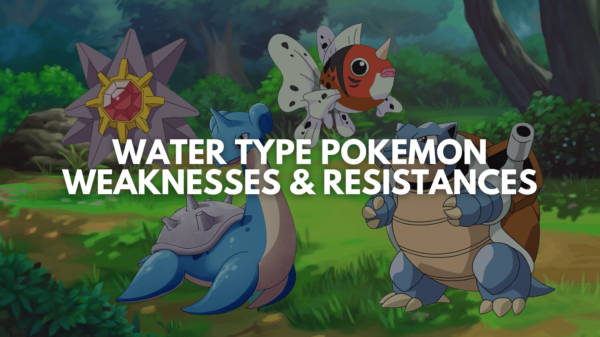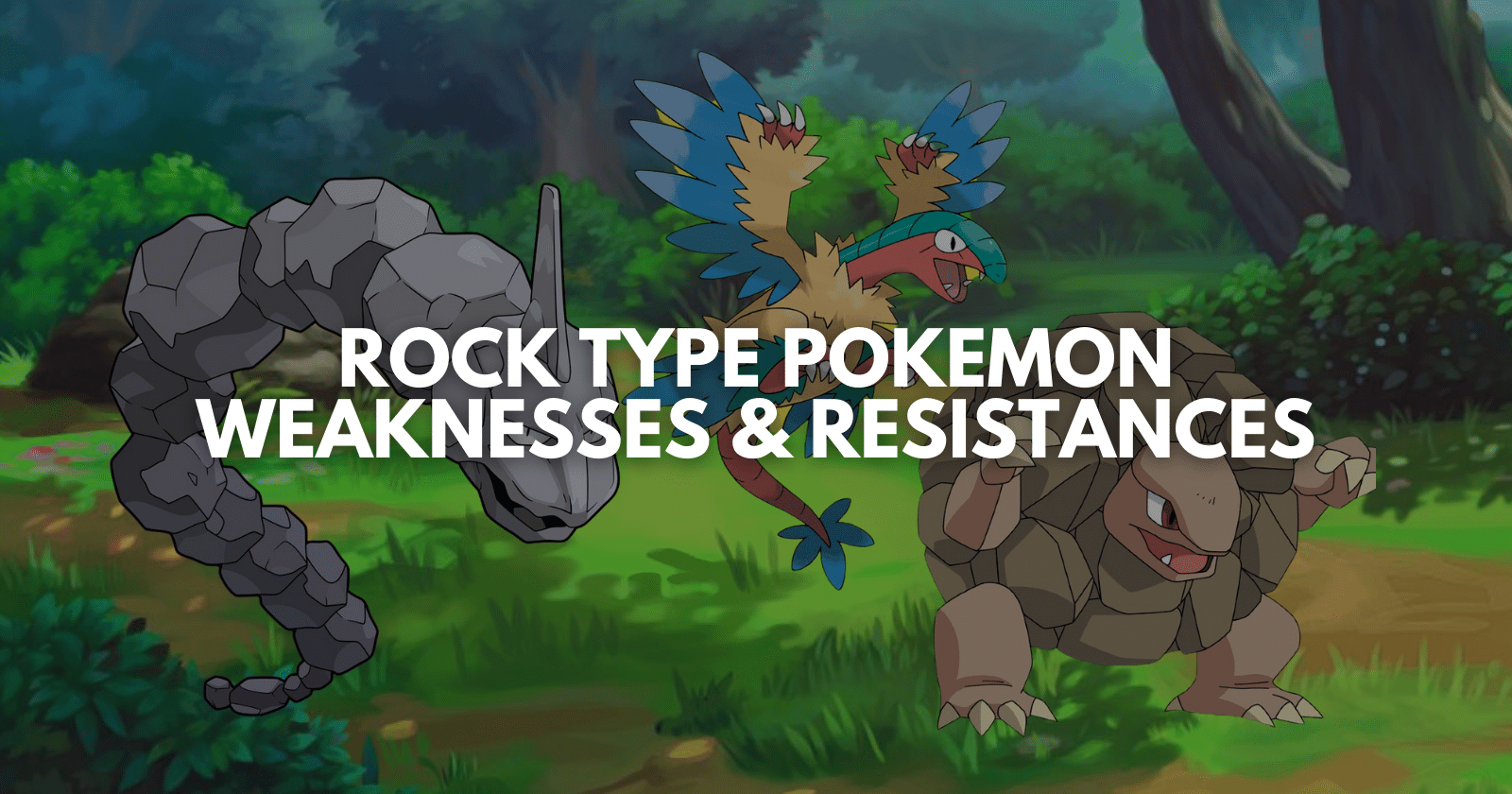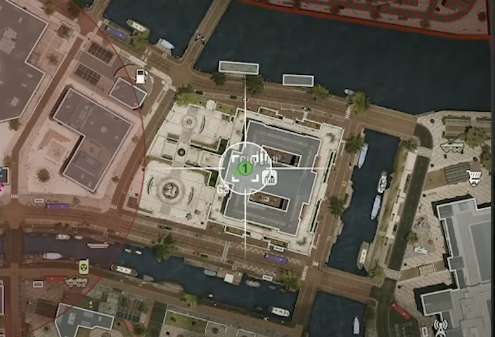Rock type Pokemon are known for their durability and powerful attacks, but they also have numerous weaknesses that can be exploited by experienced trainers. In this article, we will delve into the strengths and weaknesses of Rock type Pokemon, as well as the best counters and strategies to use against them.
What are Rock-Type Pokemon?
Rock-Type Pokemon typically resemble rocks or other geological formations, such as boulders or stones. These Pokemon often have high Defense and Sp. Defense stats, making them difficult to defeat.
While their low Speed stat is a drawback, their powerful movesets can deal significant damage. It’s important to note that many Rock-Type Pokemon are dual types, which can affect their weaknesses and resistances.

Rock-Type Pokemon Weaknesses
Rock-Type Pokemon have five primary weaknesses: Water, Grass, Fighting, Ground, and Steel. These types can deal super-effective damage to Rock types, making them valuable choices when building a team to counter them.
Water and Grass Types
Water and Grass types are well-known for their effectiveness against Rock types, as their moves can often deal massive damage. This is particularly helpful for players who choose a Water or Grass-type starter in a Pokemon game, as they will have a significant advantage against Rock-type opponents.
Fighting Types
Fighting types are also effective against Rock types, with their powerful physical moves that can break through Rock types’ high defenses. Be sure to include a strong Fighting type on your team when preparing to face off against Rock-type Pokemon.
Ground Types
Ground types can be super-effective against Rock types, but this can sometimes cause confusion as Rock and Ground are commonly paired together in dual typings. However, even when facing a Rock-Ground dual type, moves like Earthquake can still be effective.
Steel Types
Steel types are less common but can still be a viable option against Rock types. Although there are fewer Steel type moves available, their attacks can still deal considerable damage to Rock types. Keep in mind that Steel type moves may not be as effective against Rock-Steel dual types.
Rock-Type Pokemon Resistances
Rock types have a few resistances that can help them withstand attacks from certain types. They are resistant to Fire, Flying, Normal, and Poison-type moves, making these types less effective against Rock types. Additionally, Rock-type moves are super-effective against Bug, Fire, Flying, and Ice types, so be cautious when using these types in battle.
Best Counters for Rock-Type Pokemon
When building a team to counter Rock types, consider Pokemon that combine two or more Rock-type weaknesses. Examples include Poliwrath (Water-Fighting), Ferroseed (Grass-Steel), and Rhydon (Ground-Rock). These Pokemon can deal super-effective damage to Rock types while also having additional type advantages.

Always consider the secondary type of the opposing Rock-type Pokemon when selecting your counters and moves. Some Rock types may have resistances based on their primary or secondary type, so it’s important to choose your team wisely.
Diverse Dual Typings and Strategies
As mentioned earlier, Rock-type Pokemon often have dual typings, which can lead to interesting strategies for both attacking and defending. For example, the Alolan Geodude line is Electric-Rock, while other combinations include Rock-Flying, Rock-Bug, and Rock-Dark.
These diverse dual typings can make it challenging to predict and exploit weaknesses, but they also provide opportunities for creative strategies.
When preparing to face a Rock-type Pokemon, research its secondary type to gain insight into its potential weaknesses and resistances.
This will help you build a team that can effectively counter the specific Rock-type Pokemon you’re up against.
In the future, we may see even more unique Rock-type combinations, such as Rock-Normal or Rock-Fairy, as new generations of Pokemon are introduced. These combinations could bring fresh challenges and opportunities for trainers to develop innovative battle tactics.
Wrapping Up
Understanding Rock-type Pokemon weaknesses and resistances is crucial for any trainer looking to gain an advantage in battle. By identifying their vulnerabilities and selecting the appropriate counters, you can increase your chances of success when facing off against these durable opponents.
Remember to consider the secondary types of Rock-type Pokemon, as this can greatly influence their weaknesses and resistances. With a well-rounded team and a solid understanding of type matchups, you’ll be well-equipped to take on any Rock-type challenges that come your way.
Read More From Remeshed:

















